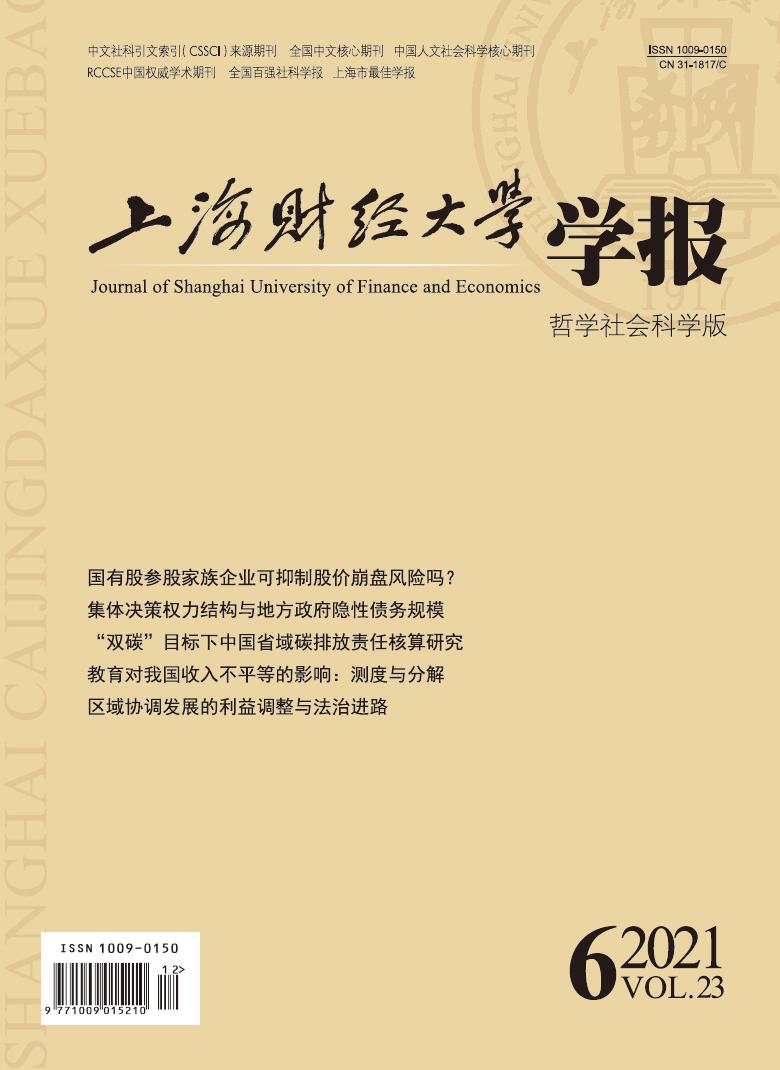In the era of big data, the competitive value of data is becoming more and more prominent. Digital giants frequently launch data-driven mergers for the purpose of seizing data, with the intention of occupying data on a larger scale and at a deeper level. With the market power and competitive advantages caused by massive data aggregation, digital giants may implement data blockade, create barriers to market entry and cause competition harm. At present, the academic and practical circles have not yet formed a systematic theory on the competition harm in data-driven mergers, and cannot respond to China’s current anti-monopoly practice. The content of competition harm in data-driven mergers mainly includes three aspects: The first is privacy harm, which is mainly manifested in the excessive collection of consumers’ personal data, the loss or difficulty of consumers’ control over personal data, and the reduction of the confidentiality of consumers’ personal data; the second is the limited choice of consumers, which is mainly reflected in the reduction of product diversity, the obstacles faced by consumers in the conversion between products, and the misleading choice of consumers by digital platforms; and the third is innovation harm, which is mainly reflected in preventing competitors from innovation activities, depriving consumers of their innovation benefits, and restricting the free flow of data resources, so that it is unable to provide important support for the innovation and development of digital economy. Different from the competition harm in traditional mergers, the competition harm in data-driven mergers presents many new characteristics, such as “data appearance”“process appearance” and “non-price appearance”. The root cause of them lies in the abuse of data power by the merging party. Moreover, the harm points to the dynamic competitive process and the non-price dimension of competition such as privacy and innovation. In view of these new characteristics of competition harm, antitrust law enforcement agencies should timely adjust the ideas and methods of antitrust remedy on the basis of learning from the beneficial experience of Europe, the United States and other countries, establish new ideas and ideas of antitrust remedy, seek effective strategies to break the data monopoly from the data itself, build a set of behavior remedy scheme system centered on open remedy, and pay attention to the application of open remedy measures such as open data, open platform and open network. At the same time, we can try to explore the possible schemes of structural remedy such as equity divestiture in individual cases, focus on behavior remedy, and treat both structural remedy and behavior remedy together, so as to eliminate potential competition harm and restore competition in the digital market.
 / Journals / Journal of Shanghai University of Finance and Economics
/ Journals / Journal of Shanghai University of Finance and EconomicsJournal of Shanghai University of Finance and Economics
LiuYuanchun, Editor-in-Chief
ZhengChunrong, Vice Executive Editor-in-Chief
GuoChanglin YanJinqiang WangWenbin WuWenfang, Vice Editor-in-Chief
New Characteristics of Competition Harm in Data-driven Mergers and Concept Renovation of Antitrust Remedy
Journal of Shanghai University of Finance and Economics Vol. 23, Issue 06, pp. 138 - 152 (2021) DOI:10.16538/j.cnki.jsufe.2021.06.010
Summary
References
Summary
Cite this article
Wang Lei. New Characteristics of Competition Harm in Data-driven Mergers and Concept Renovation of Antitrust Remedy[J]. Journal of Shanghai University of Finance and Economics, 2021, 23(6): 138-152.
Export Citations as:
For
ISSUE COVER
RELATED ARTICLES




 4632
4632  8037
8037

